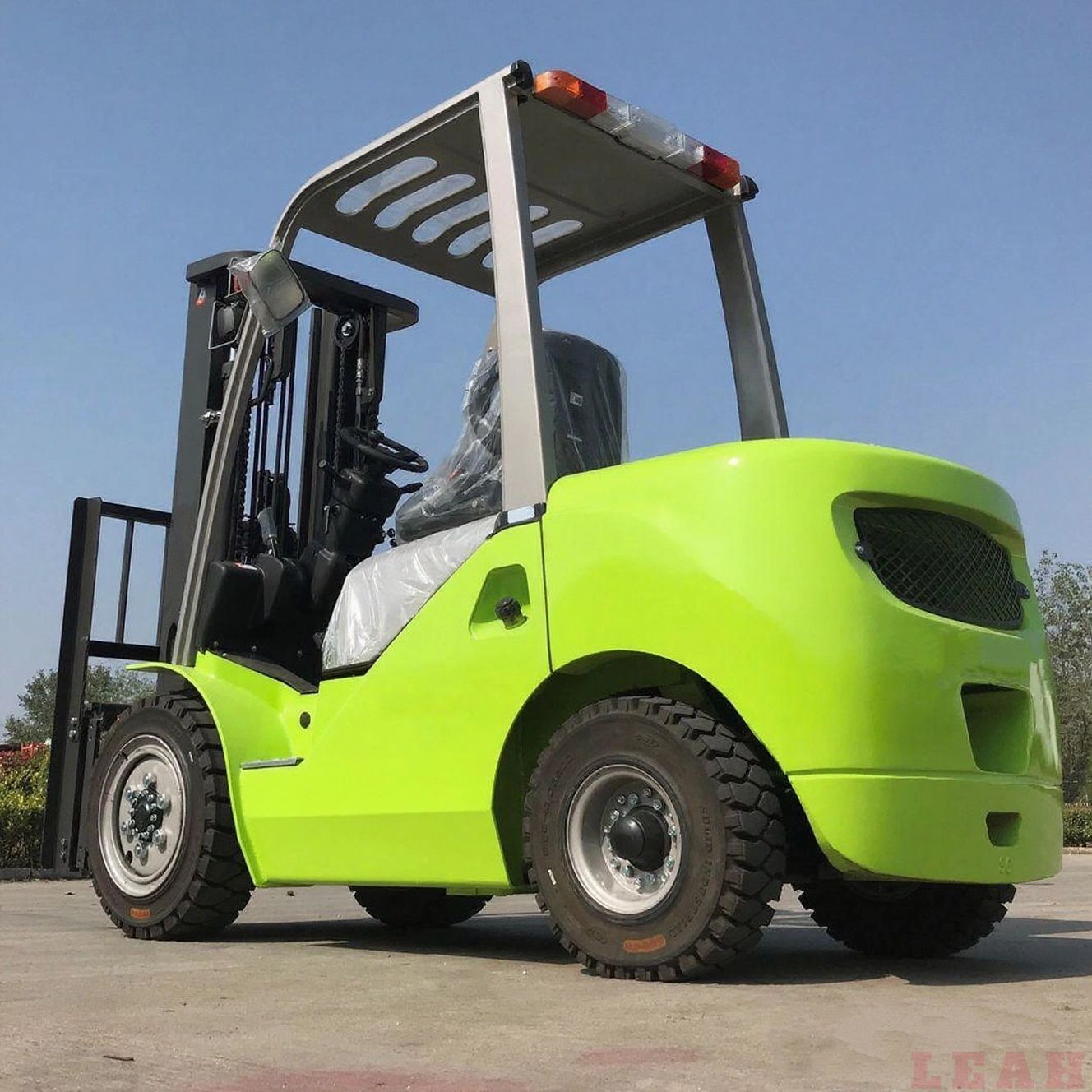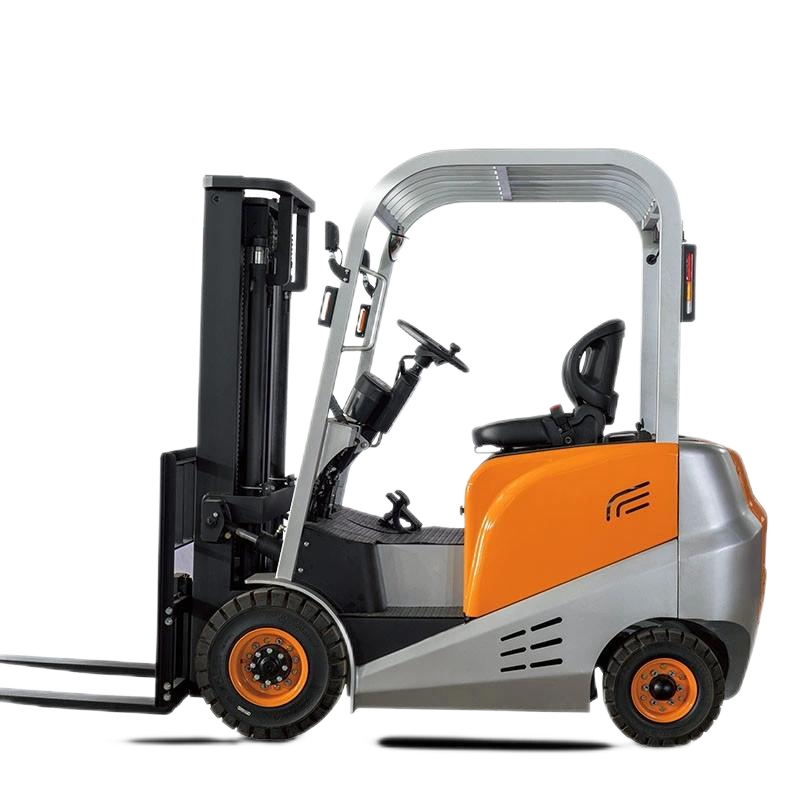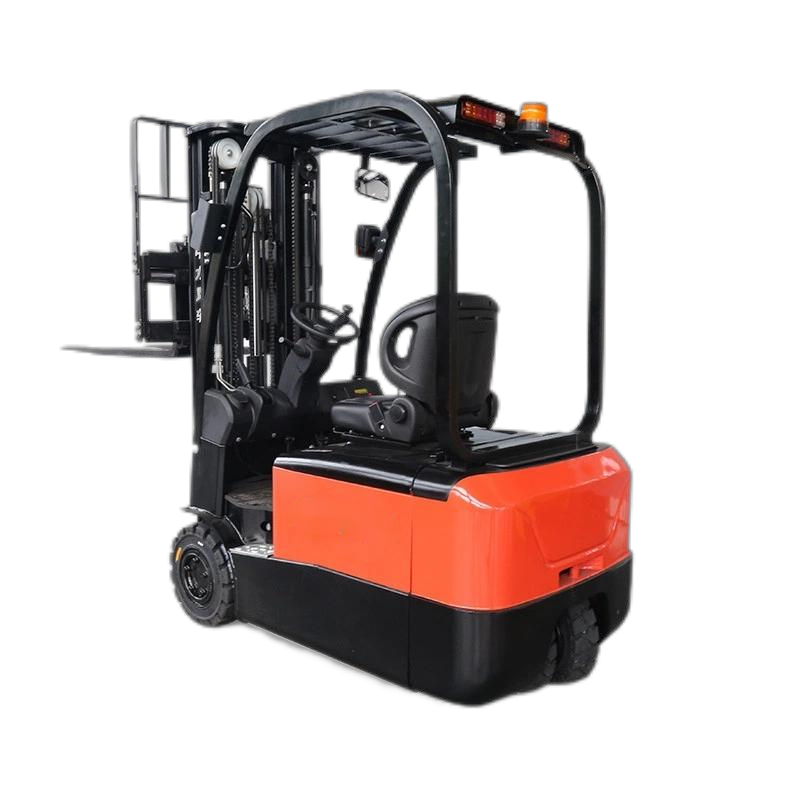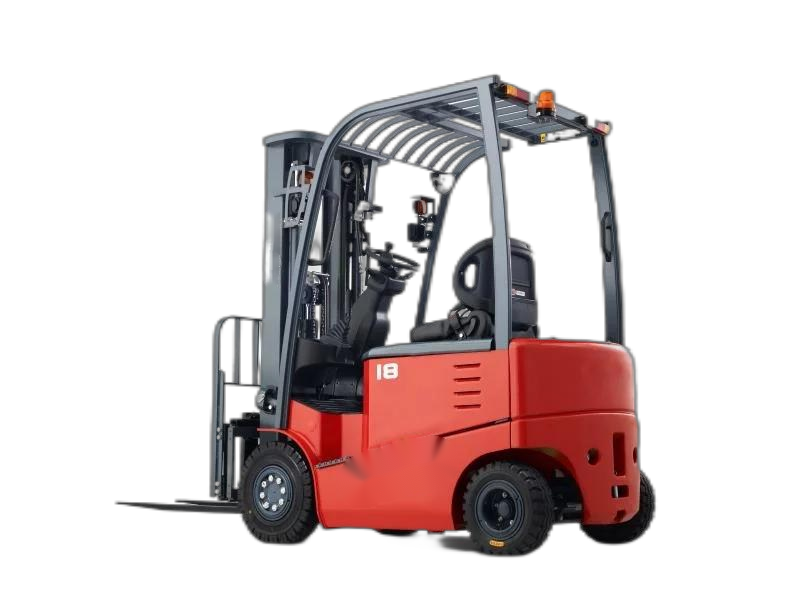The development of electric forklifts has gone through a process from their birth, technological innovation, to widespread application and rapid growth, and will continue to move towards intelligence and automation in the future. The following is a detailed introduction:

1. Development History
Electric forklifts originated in the early 20th century. With the advancement of the Industrial Revolution, traditional manual handling could no longer meet production needs, so electric forklifts came into being. Early
electric forklifts had single functions, but they brought changes to the logistics industry. Since then, their technology has been continuously innovated:
- In terms of energy: From lead-acid batteries to lithium-ion batteries;
- In terms of control: From manual operation to intelligent remote control;
- In terms of application scope: Expanded from the warehousing and logistics field to multiple industries such as manufacturing and construction.
2. Current Development Status
2.1 Rapid Growth of Market Scale
- Global perspective: The sales proportion of electric forklifts has exceeded 70%;
- Chinese market: As a major driving force for growth, the total sales volume of forklifts in China reached 739,334 units in the first half of 2025, among which electric forklifts accounted for 74.4% of sales. It is expected that the annual sales volume of electric forklifts will increase by more than 15% year-on-year. In 2023, China became the world’s largest electric forklift sales market, with its sales volume accounting for more than 50% of the global market.
2.2 Popularization of Lithium-Ion Battery Applications
Lithium-ion battery forklifts have shown outstanding market performance:
- Sales proportion: Surged significantly from 9.32% in 2018 to 46.5% in 2023;
- Technical parameters: In 2024, the installation proportion of lithium iron phosphate batteries in electric forklifts reached 78%, and the energy density increased to 180Wh/kg.
2.3 Diversified Competitive Pattern
The market competition presents the characteristics of "leading enterprises gathering + segmented market breakthroughs":
- Leading brands: The combined market share of the top five brands such as Hangcha and Heli reaches 58%;
- Small and medium-sized enterprises: Rely on differentiated products to gain excess returns in segmented fields such as cold chain and semiconductors.
3. Development Trends
3.1 Improved Intelligence and Automation
In the future,
electric forklifts will realize functions such as intelligent scheduling, automatic navigation and remote monitoring:
- Market expectation: The market share of intelligent forklifts is expected to reach 35% by 2030;
- Technical accuracy: The navigation accuracy of unmanned forklifts can reach ±5mm, and they will be popularized in scenarios such as "dark factories" (factories with fully automated production without manual operation).
3.2 Continuous Breakthroughs in Battery Technology
- Endurance upgrade: Solid-state batteries are expected to be mass-produced and installed on vehicles, increasing the endurance of electric forklifts to 100 kilometers;
- Charging optimization: High-voltage platforms and megawatt-level ultra-fast charging technology will be implemented, which will greatly shorten the charging time and improve the usability of electric forklifts.
3.3 Global Market Expansion
Electric forklifts will further expand into overseas markets:
- Share target: The proportion of overseas business is expected to rise to 35% by 2030;
- Key regions: Emerging markets such as Southeast Asia will become important growth areas.








